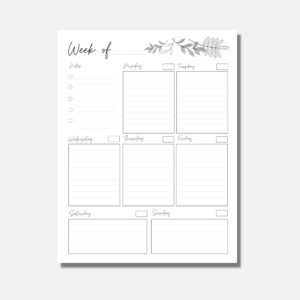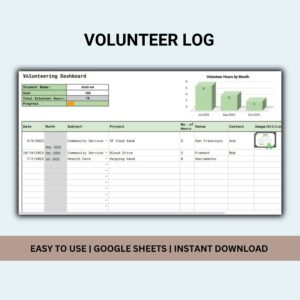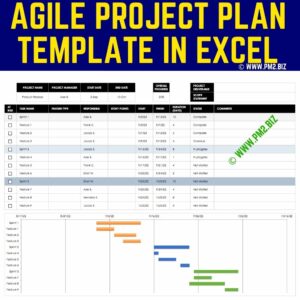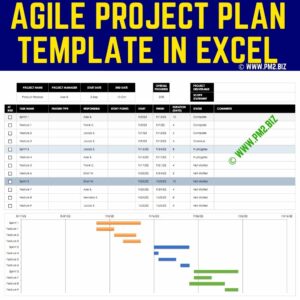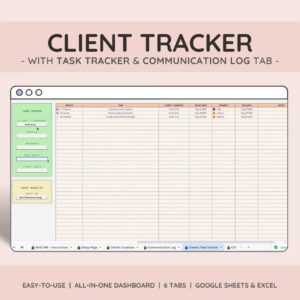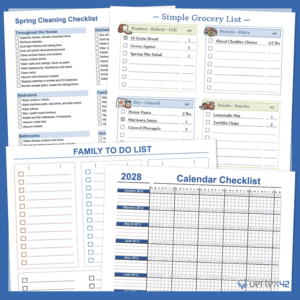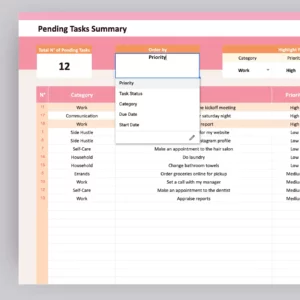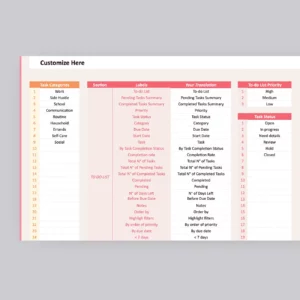Employing such a pre-designed structure offers several advantages. It promotes clarity and focus, reduces the likelihood of forgotten obligations, and allows for a realistic assessment of workload capacity. Furthermore, it can contribute to decreased stress levels and improved work-life balance by fostering a sense of control and predictability over one’s schedule. Its adaptability allows for customization to individual needs and preferences, enhancing its practicality and effectiveness.
task
Special Event Volunteer Task List Template
Employing a prepared format enhances efficiency and minimizes potential confusion. It provides a systematic way to manage human resources, reduces the likelihood of duplicated efforts, and promotes accountability. Furthermore, it facilitates effective communication, ensuring that each participant understands their contribution to the overall success of the occasion.
Software Project Task List Template
Employing such a structured approach yields considerable advantages. It facilitates enhanced planning and resource allocation, enabling project managers to anticipate potential bottlenecks and proactively address them. Improved communication among team members is fostered through a shared understanding of responsibilities and timelines. Consistent tracking of progress becomes simplified, allowing for timely intervention if deviations from the planned schedule occur. Ultimately, the adoption of this systematic approach contributes to increased efficiency, reduced risks, and a higher probability of successful project delivery.
Software Development Task List Template
Employing such a framework offers numerous advantages. It improves team coordination by clearly defining roles and expectations. It enhances project visibility, enabling stakeholders to monitor progress and identify potential roadblocks. Moreover, it facilitates efficient resource allocation, allowing for optimal utilization of development expertise and time. Ultimately, this leads to reduced risks, improved quality, and timely project delivery.
Small Accounting Business Client Task List Template
Implementing such a framework brings several advantages to a firm. It reduces the risk of errors and omissions, enhances team collaboration and accountability, facilitates standardized procedures, and provides a clear audit trail for completed and pending work. Furthermore, it allows principals to track progress, identify bottlenecks, and allocate resources effectively, leading to improved operational efficiency and client satisfaction.
Server Build Task List Template
Utilization of such a pre-defined framework offers several advantages. It minimizes the risk of overlooked steps, leading to a more stable and secure server environment. Furthermore, it enhances collaboration among team members by providing a shared understanding of the build process. Standardized builds contribute to improved scalability and maintainability of the IT infrastructure.
Responsibilities Immediate Task List Template
Utilization of such a framework promotes enhanced productivity and reduces the likelihood of overlooking critical assignments. It facilitates better time management by providing a visual representation of urgent workload. Furthermore, it supports improved communication and accountability within teams by clarifying individual duties and associated timelines.
Responsibilities And Immediate Task List Template
Utilizing a pre-designed structure offers several advantages. It enhances clarity by providing a centralized location for all relevant information, reducing the likelihood of oversight. Further, it aids in prioritization, ensuring that critical activities receive the necessary focus. The standardization facilitates improved communication and collaboration among team members.
Receptionist Job Description Task List Template
Employing a standardized format for articulating the responsibilities associated with this role offers several advantages. It ensures consistency in communication with potential candidates, prevents ambiguity concerning required skills and tasks, and streamlines the process of creating a comprehensive job posting. Furthermore, it provides a solid foundation for performance evaluations, as the documented tasks serve as a benchmark against which an employee’s performance can be measured.
Project Task To Do List Template
The adoption of such a structure promotes enhanced productivity and accountability within a team. It provides a clear overview of progress, allowing for the early identification of potential bottlenecks or delays. Effective deployment can also improve communication and collaboration among team members, as everyone understands their roles and responsibilities.
